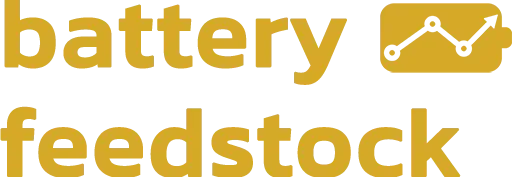Graphite and the LFP chain: China’s new controls meet surging iron phosphate output
Beijing will impose export controls on graphite anode materials and related equipment/processes from Nov. 8, tightening licensing for items that underpin EV anodes. At the same time, the LFP chain remains robust, with strong iron phosphate throughput and policy support for recycling/black mass flows. We outline what the controls actually cover, how non-China anode projects may react, and why LFP remains structurally advantaged—even if anode tightness nudges costs up.
What exactly is being controlled?
China’s Ministry of Commerce & Customs (Decision No. 58, Oct. 9) will implement export controls effective Nov. 8, 2025, targeting the graphite anode value chain across materials, equipment, and technology with detailed scope and standards—explicitly listing artificial graphite anode and blended artificial/natural anode materials.
This is not a single-line ban; it is a comprehensive licensing regime across “material–equipment–technology,” designed to be operable at customs and auditable by process parameters—i.e., the type of control that raises compliance friction for third-country assemblers that historically relied on Chinese anode inputs.
The LFP chain isn’t slowing—policy is quietly enabling recycling
While anode exports face new gates, China’s 2025–2026 non-ferrous metals roadmap aims to strengthen resource security and expand recycling, specifically naming battery black mass among import-supported recycled resources—implicitly backstopping domestic anode and cathode feed. The plan also calls for rational planning of lithium carbonate projects to avoid oversupply, signaling policymakers will moderate capacity waves.
On the throughput side, September battery output in China reached 151.2 GWh, +35% YoY—evidence that LFP-heavy lines are running, and that any anode licensing friction will intersect with a strong manufacturing base.
Practical effects for buyers and projects outside China
Near-term anode pricing: Expect licensing lead-time premia and documentation overhead—adding weeks and working-capital drag to shipments of graphite anodes and key production kit. Tightness is most acute for high-performance coated artificial graphite.
Supplier diversification: Europe and North America will accelerate ex-China anode projects (natural/thermal treated and synthetic), but qualification cycles and environmental permits mean relief is 2026+—not immediate.
Recycling synergies: The Chinese roadmap’s black mass import support can reduce domestic dependence on virgin feed and sustain CAM/PCAM output despite tighter anode controls—keeping LFP particularly competitive.
LFP economics under the new regime
Iron phosphate throughput remains robust in China, supporting low-capex, high-volume LFP plants. With lithium carbonate stabilizing and likely to firm slightly on destocking, LFP’s total cathode cost still compares favorably to NMC—especially while nickel/cobalt feedstocks are volatile.
Risk premium: Anode licensing adds modest cost per kWh via logistics/working-capital and occasional re-routing. But for LFP cells, which are less sensitive to nickel/cobalt swings, TCO resilience is likely to persist.
Strategy for buyers and investors
Inventory policy: Raise safety stocks of qualified anodes and coating agents across EU/US pack and cell lines to bridge license timing.
Contracts: Embed licensing-delay clauses and alternate-source language into anode and equipment contracts.
Recycling: Expand black mass procurement and regional hydromet capacity—policy tailwinds in China suggest sustained volumes and quality upgrades that can be tapped via tolling.
Outlook
Graphite anodes: Bullish-leaning (tight). Expect administrative tightness and higher working-capital costs as licensing bites from Nov. 8, with periodic shipment bunching.
LFP/iron phosphate: Neutral-to-firm. High throughput and supportive recycling policy offset anode-side friction; delivered cell costs remain competitive versus NMC as nickel/cobalt volatility persists.
